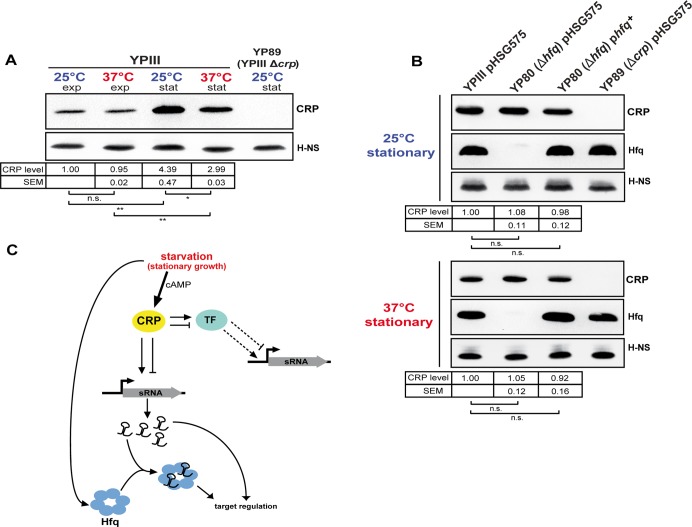Fig 6. CRP, a growth phase and temperature-responsive master regulator in Y. pseudotuberculosis.
(A) CRP protein levels in response to growth phase and temperature. Equal amounts of whole cell extracts of YPIII grown to exponential (exp) or stationary phase (stat) at 25°C and 37°C were separated by SDS-PAGE prior to Western blotting using polyclonal CRP antibodies. H-NS served as loading control. YP89 (YPIII Δcrp) was included as negative control. Relative protein amounts were quantified using ImageJ. The data represent the mean ± SEM from three independent experiments analyzed with Student’s t-test. *: P<0,05; **: P<0,01; n.s.: not significant. (B) Effect of the RNA chaperone Hfq on CRP. Equal amounts of whole cell extracts of the wild-type strain YPIII, the isogenic hfq mutant (YP80) and the complemented hfq mutant (YPIII pBW131 (phfq+)) grown to stationary phase at 25°C and 37°C were separated by SDS-PAGE prior to Western blotting using polyclonal CRP or Hfq antibodies. Plasmid pHSG575 served as the empty vector control. YP89 (YPIII Δcrp) was included as negative control. H-NS served as loading control. Relative protein amounts were quantified using ImageJ. The data represent the mean ± SEM from three independent experiments analyzed with Student’s t-test. n.s.: not significant. (C) Current model of growth phase- and temperature-dependent sRNA expression involving the transcriptional regulator CRP and the RNA chaperone Hfq. During stationary growth when glucose is limiting intracellular CRP and cAMP levels increase, leading to accumulation of active CRP protein. Active CRP induces the expression of numerous sRNAs by direct binding to the regulatory region of the sRNA gene, thereby stimulating or repressing transcription. Further, expression of those sRNAs which are not directly regulated by CRP might involve one or more of the CRP-dependent transcription factors (TF), whose expression is differently affected by temperature. During stationary growth the RNA chaperone Hfq accumulates, similar to CRP, and affects sRNA abundance on the post-transcriptional level.

